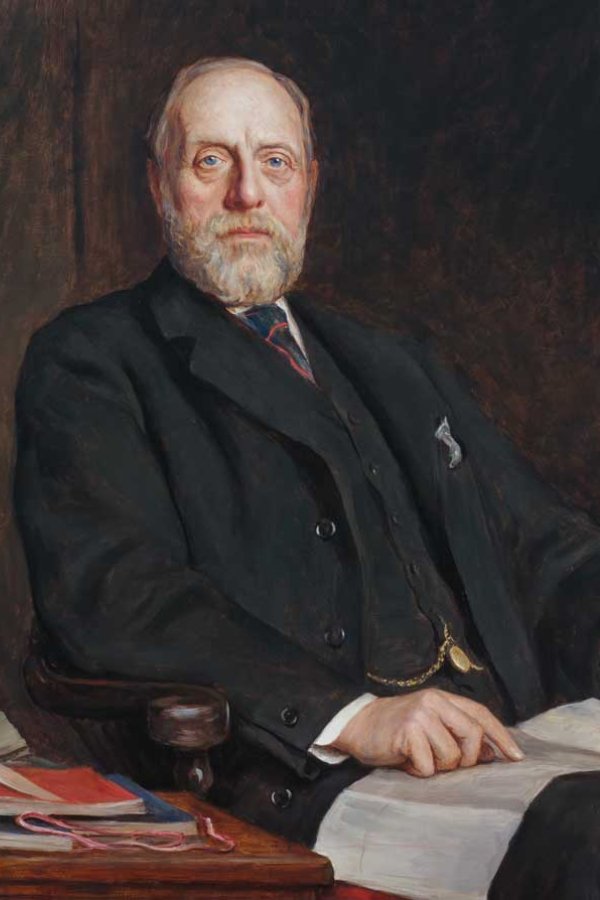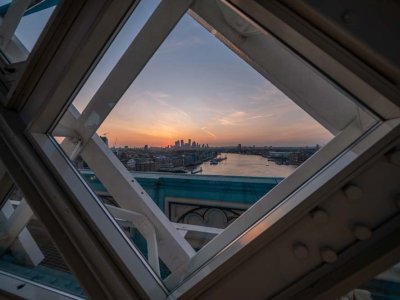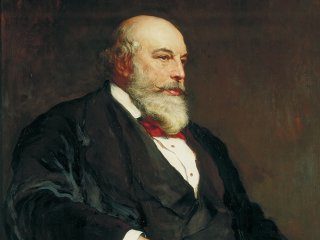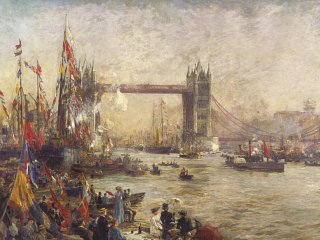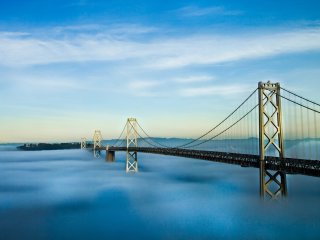Sir John Wolfe Barry
When Sir Horace Jones died just one year into the construction of Tower Bridge, Sir John Wolfe Barry was tasked with completing the iconic river crossing. But who was he, what else did he build and why is he still so highly revered today?
